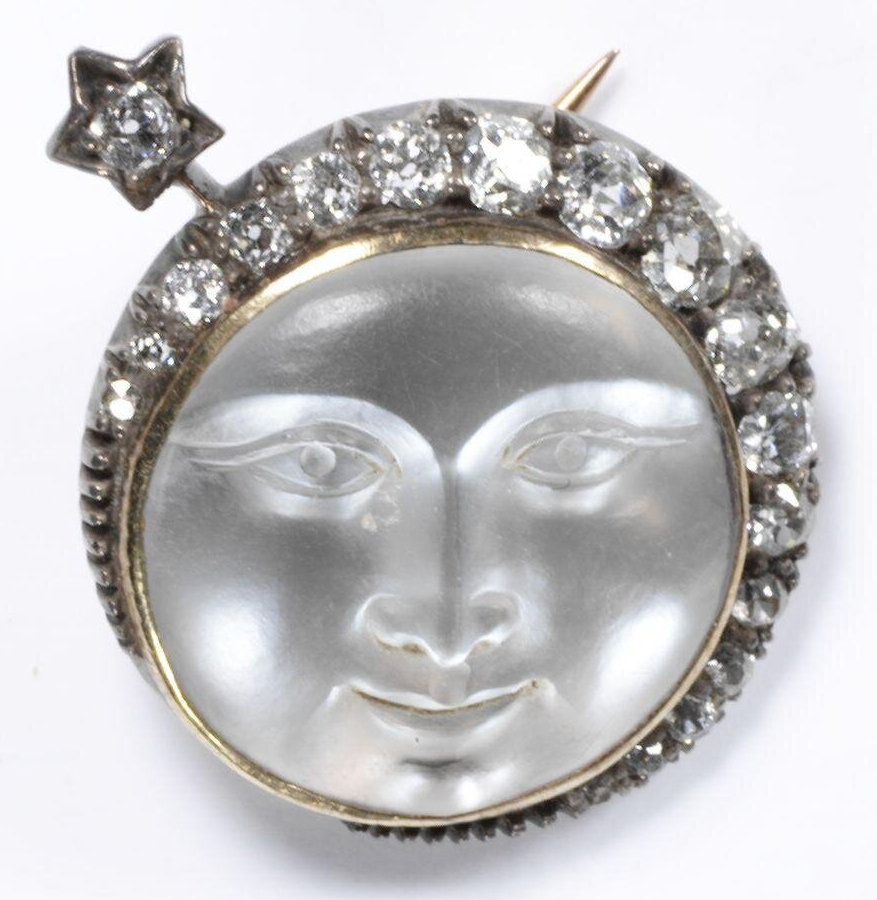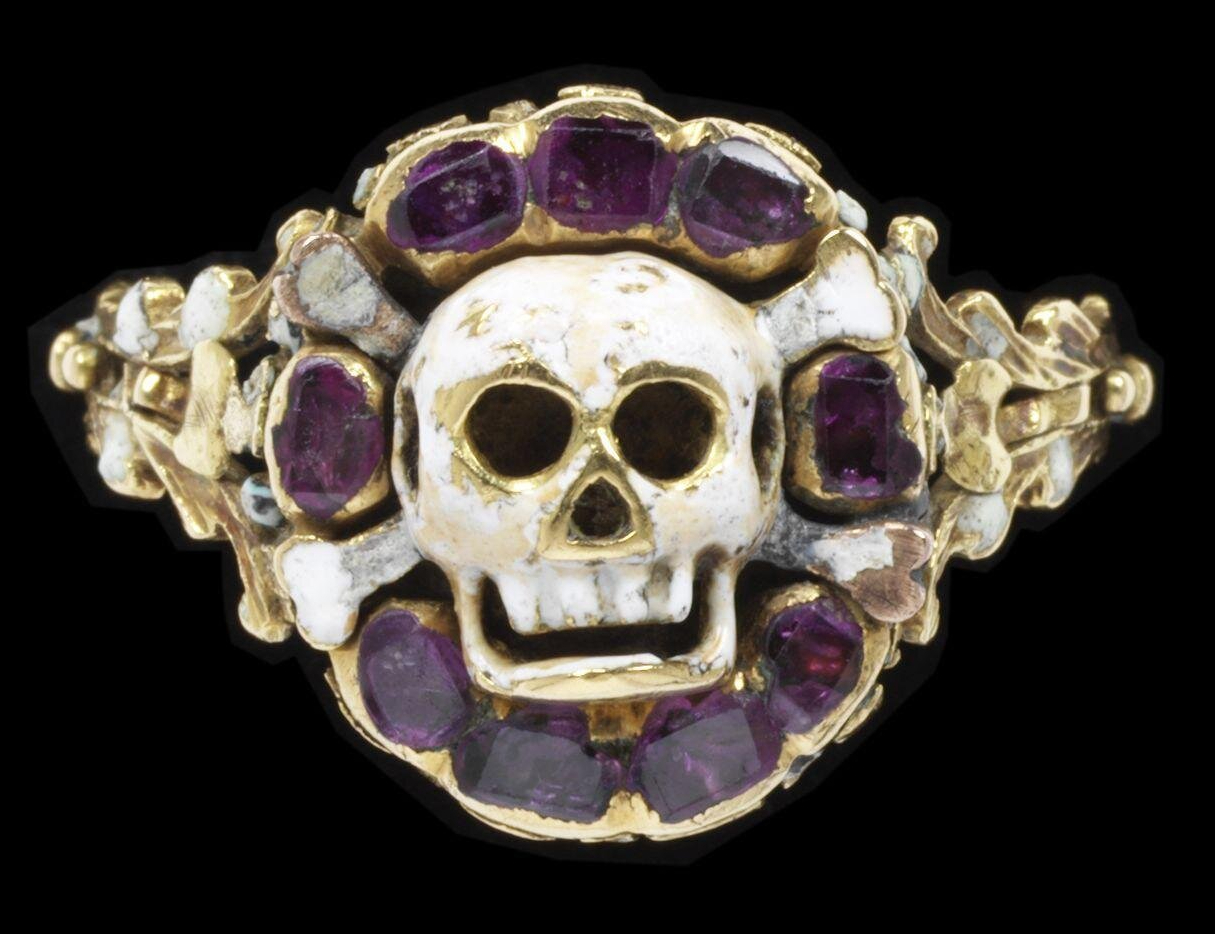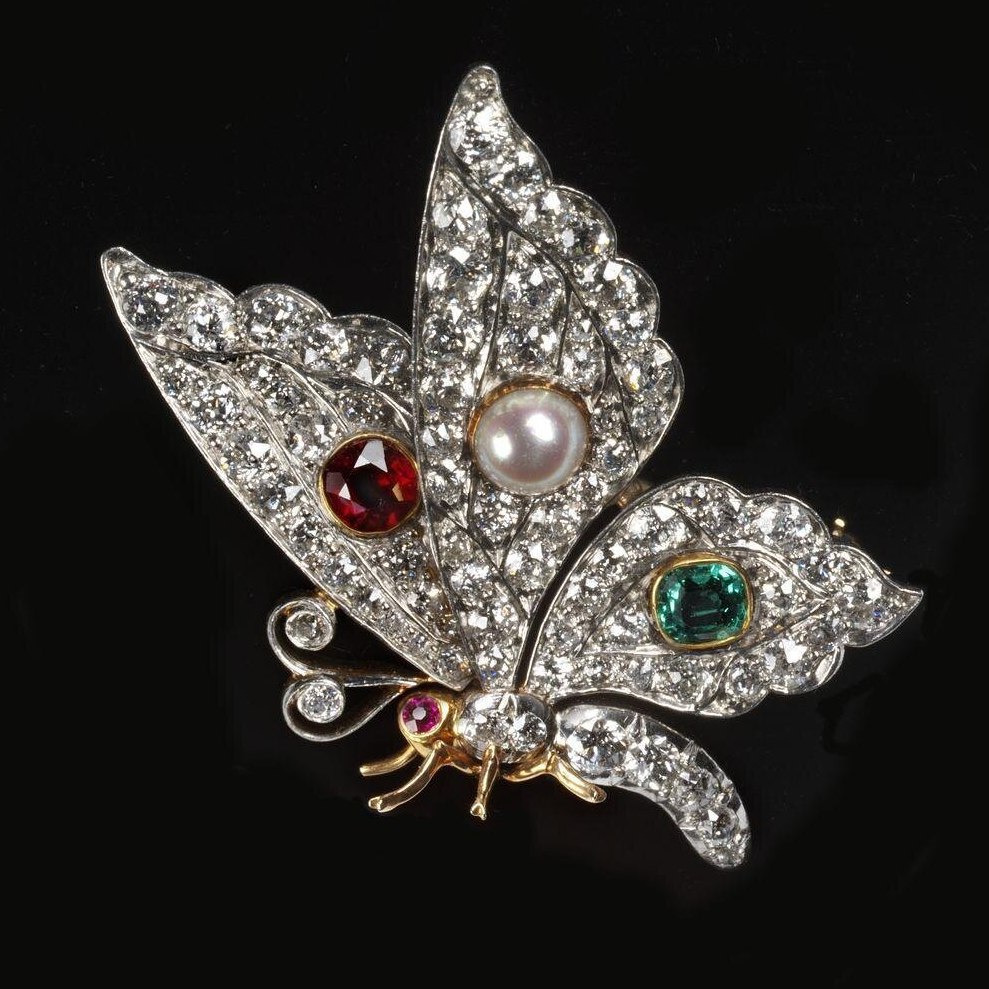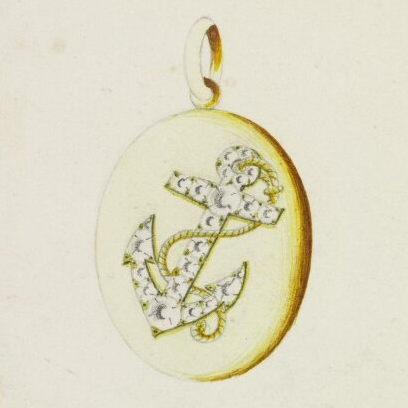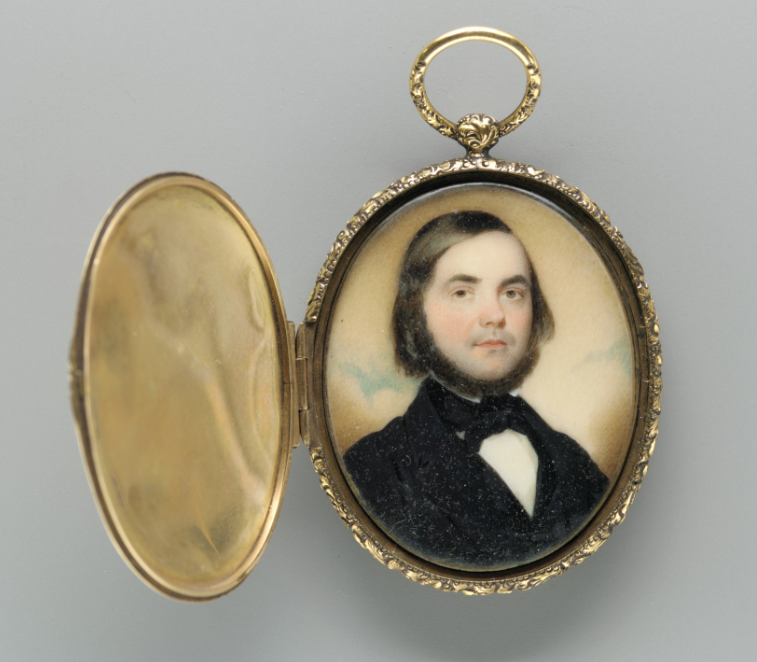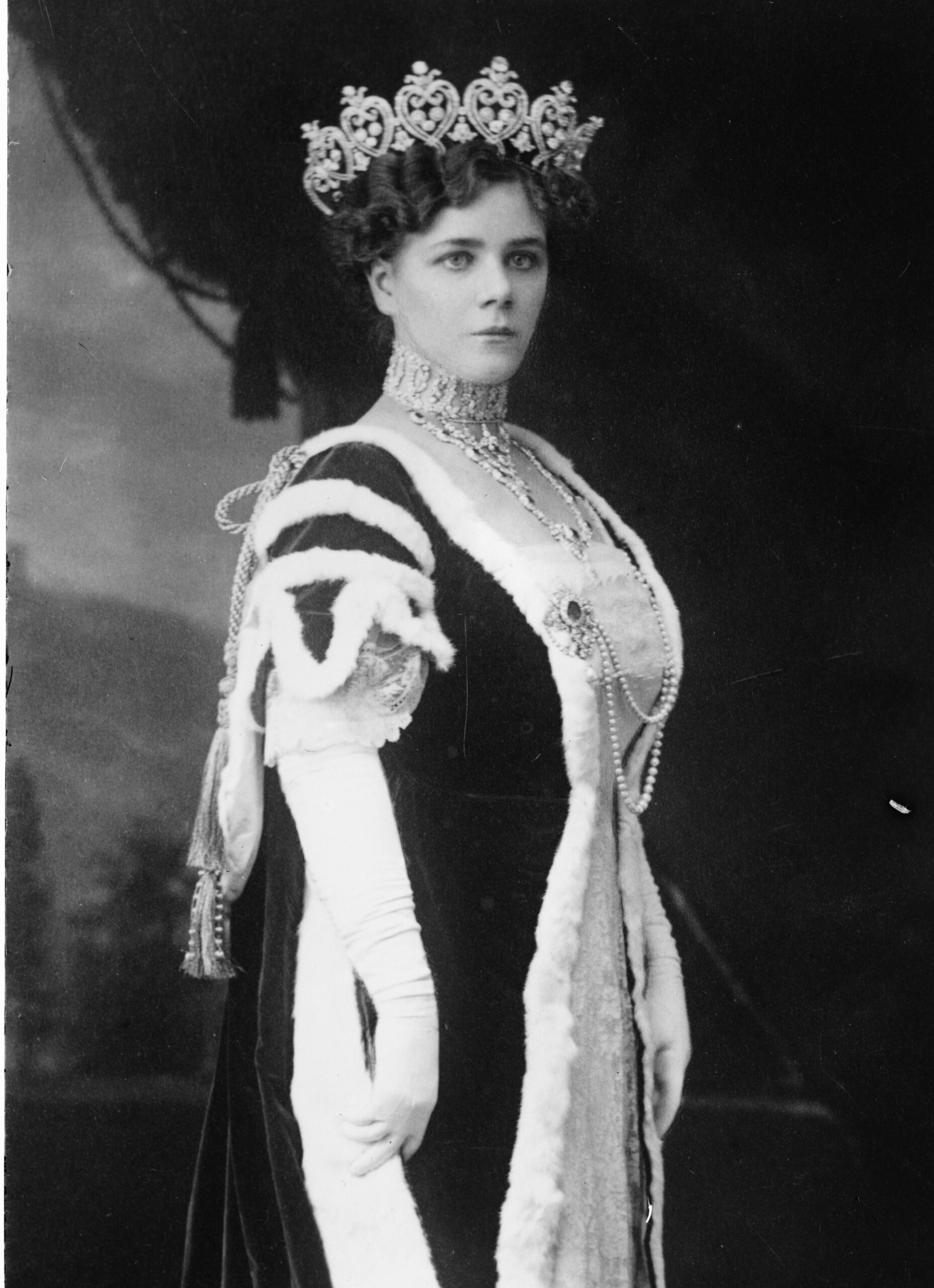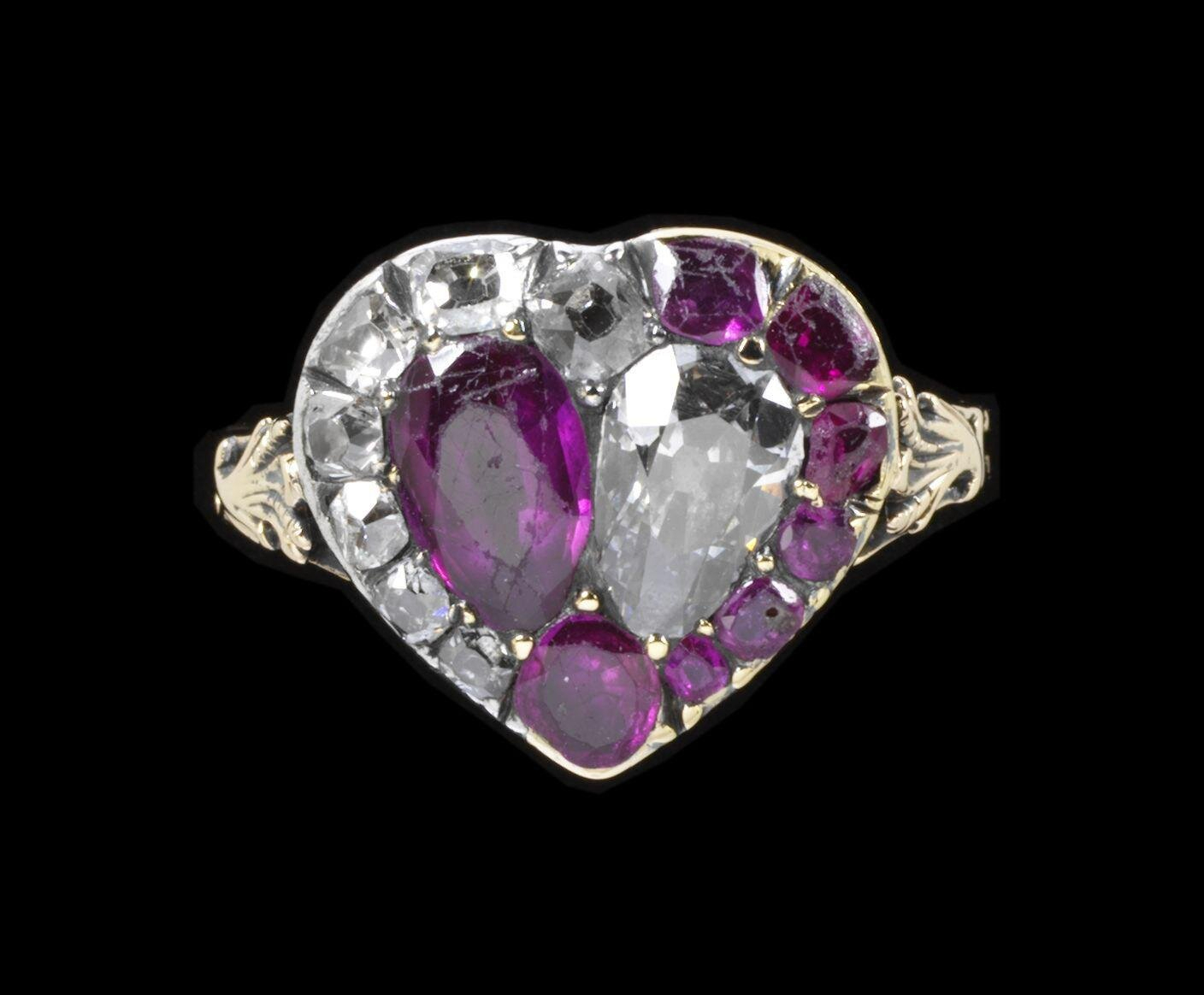S is for Snake In the jewellery alphabet, S may be for Skull but it could also stand for Snake. Snakes are not the most
Understanding symbolism in jewellery is a key skill. The moon can represent the Virgin Mary, goddesses Diana and Artemis or be a fashionable jewel for the body or hair. In the 1960s, jewellery was inspired by the Space Race.
Skulls are often found in jewellery, but what do they mean? In Renaissance and early modern art, they symbolised death and eternal judgment. By the nineteenth century, they had become fashionable party pieces.
To understand jewellery, we have to appreciate its symbolism. Delicate butterflies, colourful and fragile, fly onto brooches, pins, necklaces and bracelets. The butterfly in jewellery is a symbol of love, death and the resurrection.
Jewellery is a visual art – it’s made to be looked at and it sometimes carries a message. The language of jewellery is full of symbolism, images which were once widely understood but now often forgotten.
Everything changes in war time and jewellery might seem very low down the list of priorities. But making and wearing jewellery in a time of war was a way to show that the human spirit endured. It could be a bright note on a worn out outfit, a love gift, or a sign of resistance in the worst circumstances. Making jewellery in a time of war was creative, surprising and often touching.
Lockets are jewels of romance and memory. Wearing the image of your lover is a way to keep them close to you. But in some 19th century cases, the wrong picture in a locket revealed adultery and lead to divorce.
In 1901, the young Duke of Manchester bought three imitation pearl necklaces for his new bride, the dollar princess Helena Zimmerman. Why didn’t he pay for them and what does this say about their marriage?
In 1868, Reverend Chauncey Hare Townshend left his collection of gemstones to the V&A. They connected two of his great passions- collecting and mesmerism.
Love makes the jewellery world go round. Here is a short list of books on sentimental and love jewellery.

